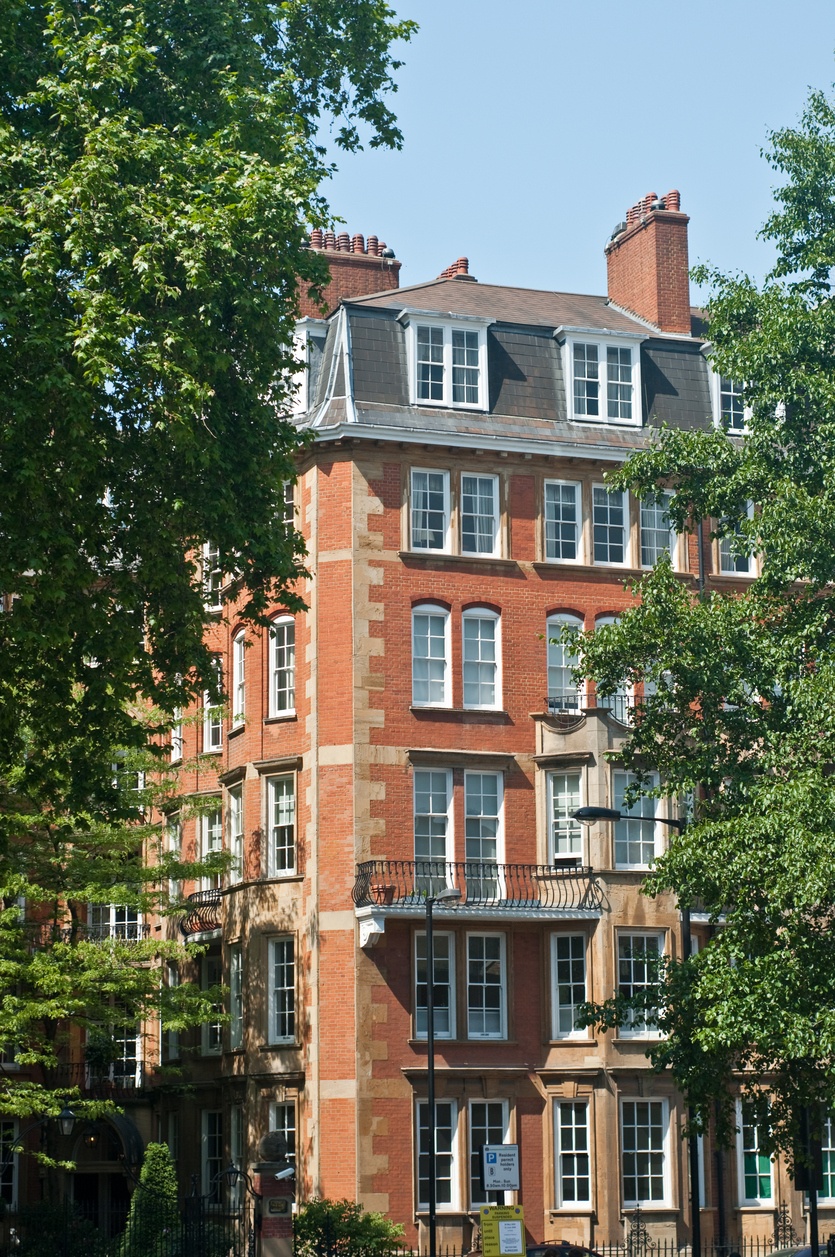Home » Uncategorised »
Don’t Fall into the Luxury Property Trap
This article is an external press release originally published on the Landlord News website, which has now been migrated to the Just Landlords blog.

By Steve Larkin, the Director of Development Finance at LendInvest
With all of the talk of the housing shortage in the UK, it seems incredible to talk of ghost towns springing up, filled with empty properties. Yet that appears to be what is happening, and in some of the nicest areas of the capital.
Developers producing luxury high-end apartments in London appear to be having a particularly difficult time of things. Data from Molior London last month suggested that, of the 1,900 such apartments built in the capital last year, only half have actually been sold. As a result, there are now around 3,000 unsold luxury apartments in London.
Molior reckons that, at the current sales rate, even if no further high-end apartments are produced, it will take at least three years for all these units to sell.
There’s an important lesson for developers of all shapes and sizes from this. It can be all too easy to get caught up by the prospect of producing these incredible properties; the glamour, potential publicity and sheer money involved in each transaction is always going to prove tempting.
But the first question any developer needs to ask is whether the demand is actually there for the property they want to produce.
There is little point producing luxury apartments if there are insufficient numbers of high-end buyers who want to pick up a property in that area. However, the same logic also applies to less expensive properties, too. Prior to taking on a project of any size, developers must do their homework and be confident that there is sufficient demand from the target market. Failing to do so can be a costly error.

Sufficient demand is imperative for the successful sale of any property
Another important lesson from the issues these developers are experiencing is that you should never assume that new units will sell immediately, no matter what area of the market they are looking at.
The thinking goes that a shortage of properties means that, when stock does appear on the market, it moves quickly. But the property market is more complex than that, with sentiment playing a big part.
According to the latest figures from property portal Rightmove, the average property now takes 67 days to sell. That doesn’t sound too bad on the face of it, though it’s notable that this figure has increased every single month since May 2017, when it stood at just 54 days.
The housing market remains in an uncertain place for a host of reasons, which has led to a significant number of buyers opting for a wait-and-see approach. Realistically, with Brexit on the horizon, that is only likely to continue.
So it’s important for developers to remain realistic when assessing their overall programme, to make sure the sums still add up even if the property is not sold as soon as it hits practical completion.
What’s more, if the property does take a little longer to sell, it is helpful if developers view this as an opportunity to really get it finished to the best possible standard. They can take a little longer to make sure it is absolutely right, and therefore appeals to the maximum number of potential buyers, rather than trying to get it shifted as quickly as possible, faults and all.
It’s precisely because of these sales taking longer than expected that we launched our Development Exit product more than a year ago, which allows developers to move onto cheaper, more flexible funding than a traditional development finance product. It’s proved enormously popular with brokers and their clients, offering a back-up plan that they can turn to if the units don’t sell as quickly as hoped.
Because, as we all know, the property market can be an unpredictable beast. Circumstances can easily mean that the market you face at the end of a project is rather different to how it looked at the outset. Being flexible enough to roll with those changing circumstances and still produce a profit is what makes a successful developer.




